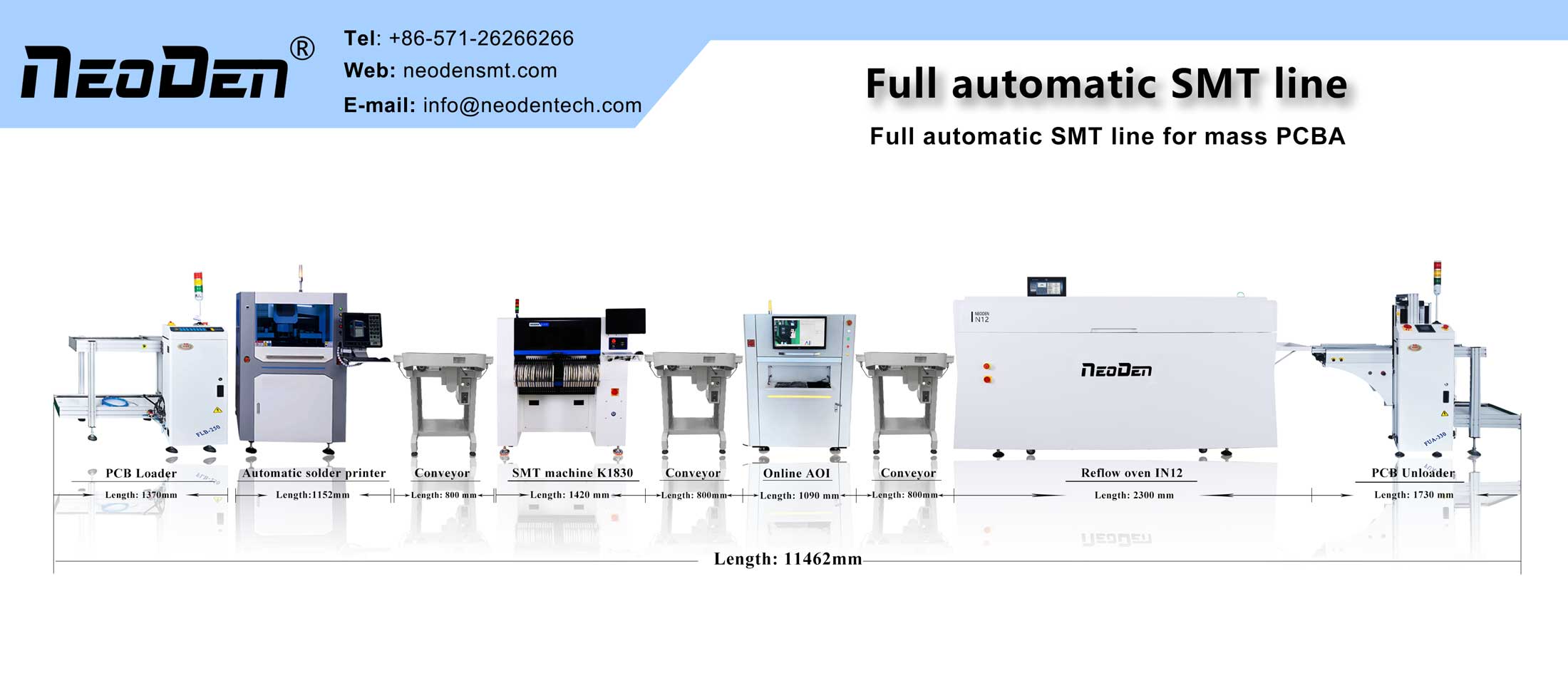Many varieties of substrates used for PCBs, but broadly divided into two categories, namely inorganic substrate materials and organic substrate materials.
Inorganic substrate materials
Inorganic substrate is mainly ceramic plates, ceramic circuit substrate material is 96% alumina, in the case of requiring a high strength substrate, 99% pure alumina material can be used but high-purity alumina processing difficulties, the yield rate is low, so the use of pure alumina price is high. Beryllium oxide is also the material of ceramic substrate, it is metal oxide, has good electrical insulation properties and excellent thermal conductivity, can be used as a substrate for high power density circuits.
Ceramic circuit substrates are mainly used in thick and thin film hybrid integrated circuits, multi-chip micro-assembly circuits, which have the advantages that organic material circuit substrates cannot match. For example, the CTE of the ceramic circuit substrate can match the CTE of the LCCC housing, so good solder joint reliability will be obtained when assembling LCCC devices. In addition, ceramic substrates are suitable for the vacuum evaporation process in chip manufacturing because they do not emit a large amount of adsorbed gases that cause a decrease in vacuum level even when heated. In addition, ceramic substrates also have high temperature resistance, good surface finish, high chemical stability, is the preferred circuit substrate for thick and thin film hybrid circuits and multi-chip micro-assembly circuits. However, it is difficult to process into a large and flat substrate, and can not be made into a multi-piece combined stamp board structure to meet the needs of automated production In addition, due to the large dielectric constant of ceramic materials, so it is also not suitable for high-speed circuit substrates, and the price is relatively high.
Organic substrate materials
Organic substrate materials are made of reinforcing materials such as glass fiber cloth (fiber paper, glass mat, etc.), impregnated with resin binder, dried into a blank, then covered with copper foil, and made by high temperature and pressure. This type of substrate is called copper-clad laminate (CCL), commonly known as copper-clad panels, is the main material for manufacturing PCBs.
CCL many varieties, if the reinforcing material used to divide, can be divided into paper-based, glass fiber cloth-based, composite base (CEM) and metal-based four categories; according to the organic resin binder used to divide, and can be divided into phenolic resin (PE) epoxy resin (EP), polyimide resin (PI), polytetrafluoroethylene resin (TF) and polyphenylene ether resin (PPO); if the substrate is rigid and flexible to divide, and can be divided into rigid CCL and flexible CCL.
Currently widely used in the production of double-sided PCB is epoxy glass fiber circuit substrate, which combines the advantages of good strength of glass fiber and epoxy resin toughness, with good strength and ductility.
Epoxy glass fiber circuit substrate is made by first infiltrating epoxy resin into the glass fiber cloth to make the laminate. At the same time, other chemicals are added, such as curing agents, stabilizers, anti-flammability agents, adhesives, etc. Then copper foil is glued and pressed on one or both sides of the laminate to make a copper-clad epoxy glass fiber laminate. It can be used to make various single-sided, double-sided and multilayer PCBs.
Post time: Mar-04-2022

